A guide to Marseille, France: where to eat, stay and play
Equal parts raffish and polished, Provencal and polyglot, Marseille is far more than France’s second city. It’s a fascinating Mediterranean hub with a slew of attractions.

In Marseille I kept running into people from Paris. They described themselves as escapees. They rolled their eyes and sighed and declined to talk much about their past lives in the City of Love. But when I asked about Marseille, they were almost embarrassing, like love-struck teenagers, enthusing about a new passion. “I love Marseille,” said the young woman at the car rental desk in a mantra I would hear over and over again. “It’s affordable, it’s friendly, it’s super-cool. There’s the sea, and the weather is fabulous. But most important it’s not Paris. I had had enough of Paris,” she shrugged as though the city had been a difficult lover. “Even Parisians don’t like the Parisians.”
For decades, maybe for centuries, possibly since man walked upright, Parisians have looked down on Marseille with a combination of pity and contempt, much the way they look down on you as you try to order dinner in French. Now suddenly tribes of interesting Parisians want to move here. A free-wheeling vibe and rents half those of Paris spell opportunity. If you’re an artist with a growing reputation, a tech bro in search of studio space, a hot young chef keen to open your own restaurant, a designer creating a photo shoot for a new line, Marseille is where you want to be. It is suddenly the coolest city in France.
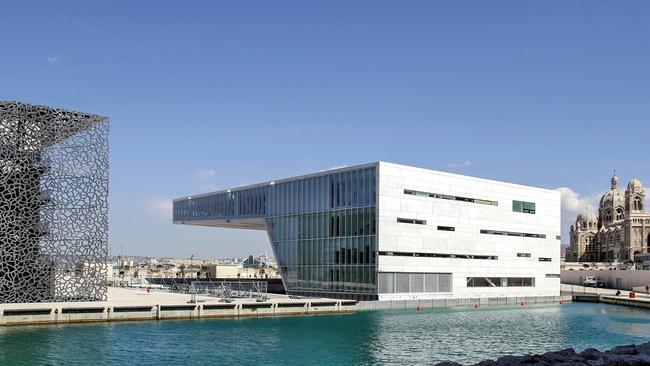
There are similarities to Paris – avenues of houses with cute shutters and wrought-iron balconies, some stellar museums, great food, superb shopping, stylish people. But unlike Paris, Marseilles is not northern; the Marseillais are not reticent and reserved. This is a southern city, and its people are enthusiastic and friendly, passionate and hot-blooded. Marseille may be French, but it has turned its back on France. The city has more in common with Naples, Alexandria, or Tangier, all of them ports, open-armed, cosmopolitan, ethnically diverse. A dazzling sea light sweeps through the streets like a caress. Marseille is the classic Mediterranean city.
Which is the point of the fabulous Mucem, or Museum of European and Mediterranean Civilisations. In the run-up to 2013, when Marseille was named the European City of Culture, more than half a billion euros of regenerative funds were poured into the city. The disused docks to the north of the entrance to the Vieux-Port became the Euroméditerranée project featuring office buildings, cultural centres, and shopping plazas by star architects like Zahid Hadid and Rudy Ricciotti. At what was once J4 jetty is a pair of extraordinary creations – Mucem and the neighbouring Cosquer Méditerranée.
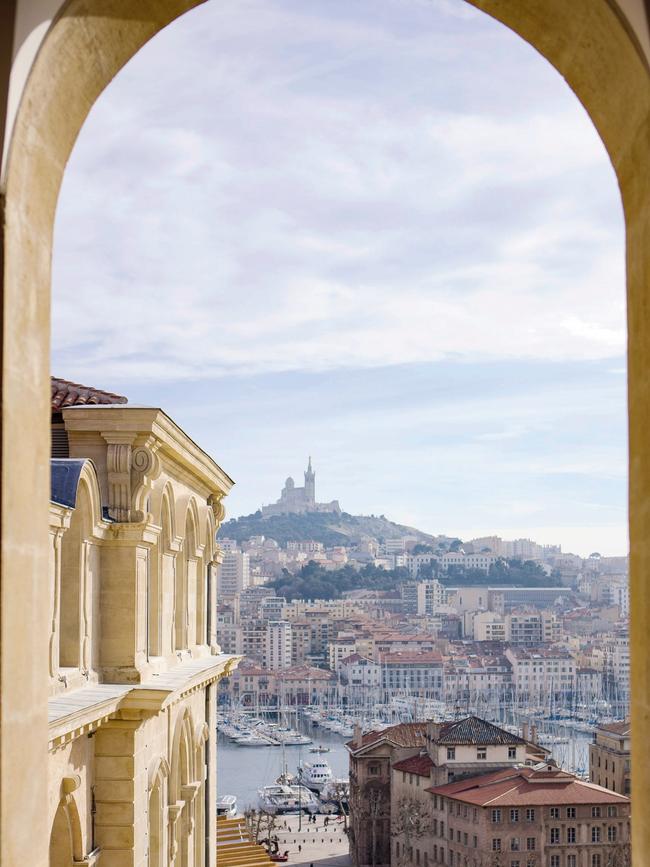
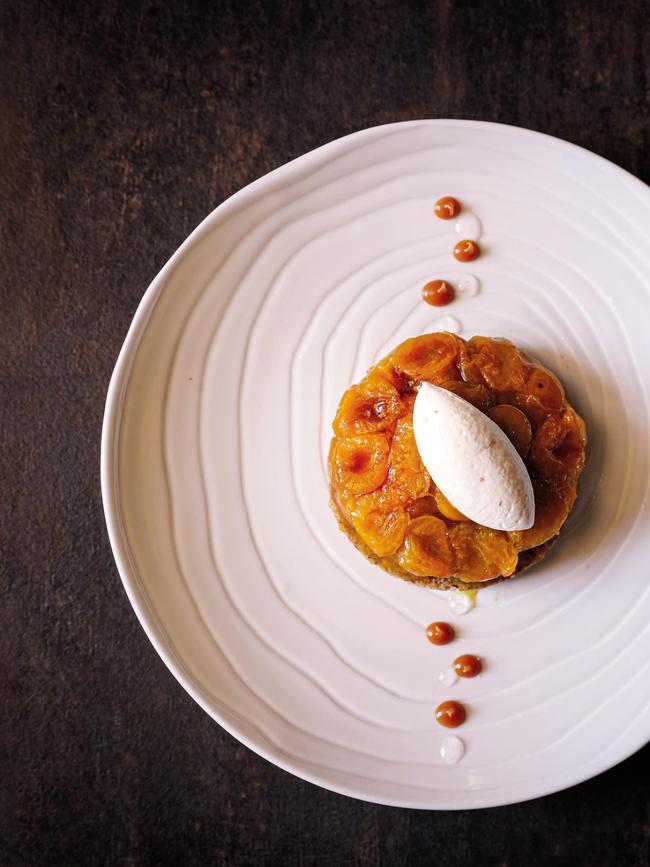
-

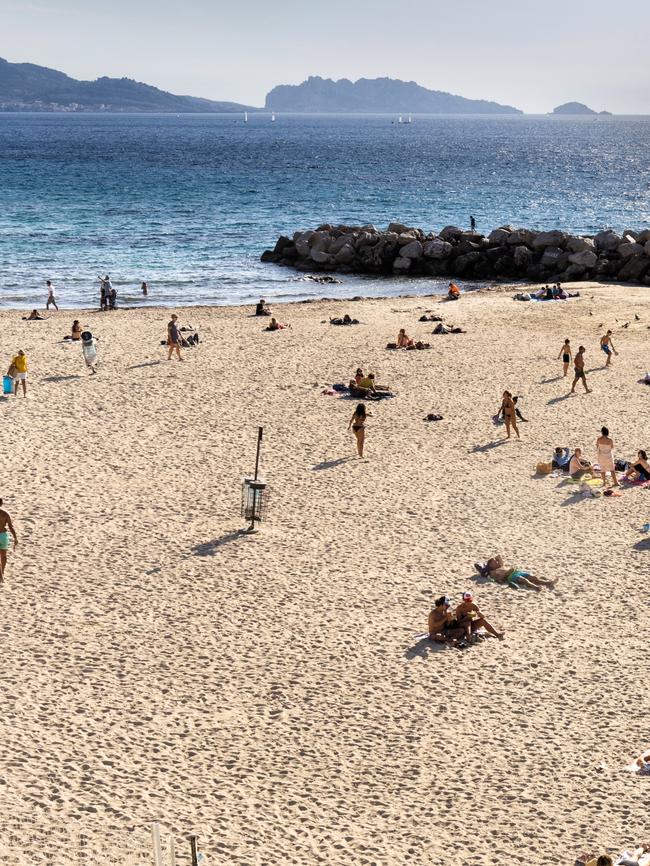
Mucem is a multi-layered cube cocooned in a latticework exterior that has been compared to a mantilla shawl. Its exhibits, ranging from a Sicilian farm cart to Greek icons to ravishing views of Venice, spin you through the Mediterranean world, making connections, explaining links, drawing comparisons between its disparate elements. Next door, the Cosquer Méditerranée – a glassy box spectacularly cantilevered over water, created by architect Stefano Boeri – takes you back into Palaeolithic Provence. In a Modernist version of an old-fashioned ghost train you glide through a re-creation of prehistoric caves discovered by divers in 1991. The walls are decorated with horses, bisons, mountain goats, antelope, seals and the prints of human hands of people who lived over 12,000 years ago, and for whom all these animals had souls and meanings. It’s spellbinding and curiously moving, and the minimalist line drawings of the animals have a kind of magic about them. They’re worthy of space in any contemporary art gallery.
But Marseille is not only Mediterranean. It’s also Provençal, the central city of France’s most glamorous and most charming region, sharing this coast with places like Saint-Tropez and Cannes. Head to the calanques, the dramatic fjord-like inlets to the east of the city, and tucked into the end of each are beaches where topless women and men in Speedos keep alive the beach traditions of the Côte d’Azur of the ’60s.
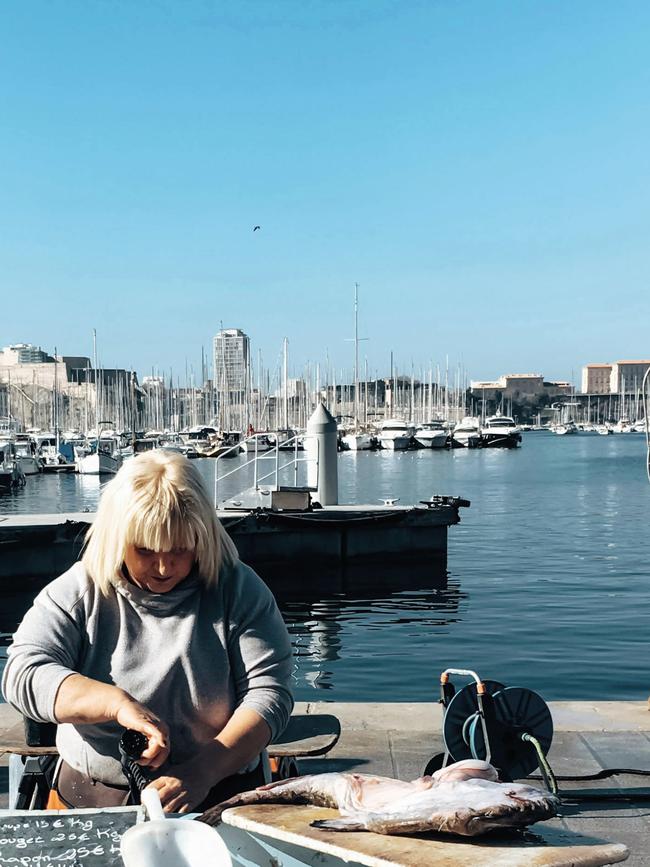
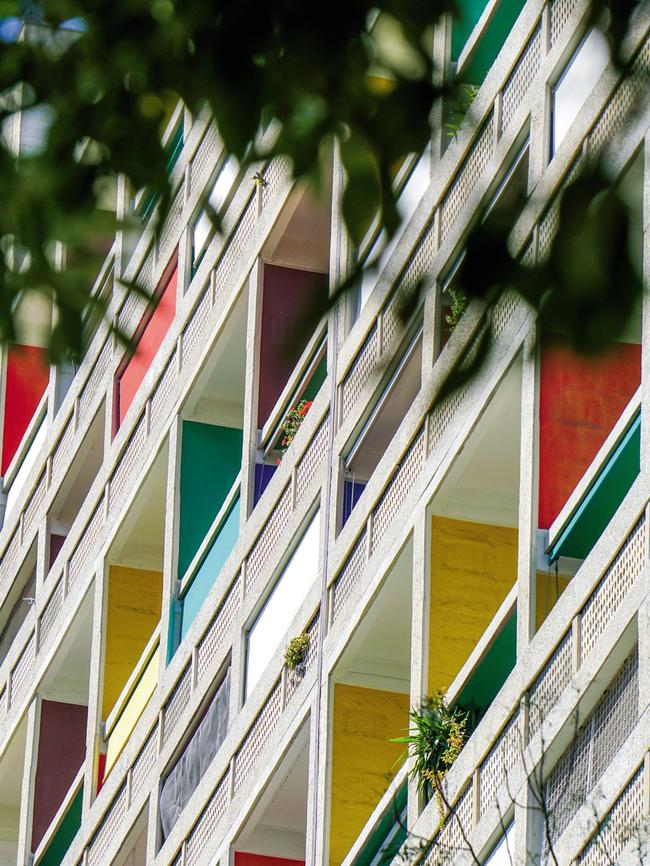
If the sea is Marseille’s doorstep, the Vieux-Port, or the old harbour, is its heart, a kind of watery piazza around which the city wraps itself; the tapping of rigging is one of the sounds of Marseille. In the mornings, fishmongers still sell their catch from trestles along the quays, calling out the prices in rich Provençal accents. In the evenings, there are food stalls and buskers, strolling families and courting couples and the busy terraces of cafés and restaurants.
Just above the Vieux-Port is Le Panier, Marseille’s most historic neighbourhood, a warren of lanes lined by tipsy houses, and too narrow for cars. Le Panier could be a metaphor for the whole city – charming, quirky, rough round the edges. In another city, the middle classes would have entirely taken over these atmospheric streets, and filled them with smart renovations and shops selling homewares. But Marseille refuses to be gentrified. Le Panier does have new little cafés and start-up designer boutiques, but it has embraced them without losing its authentic local character. Children still kick footballs against graffitied walls while old women still admonish them from doorsteps.
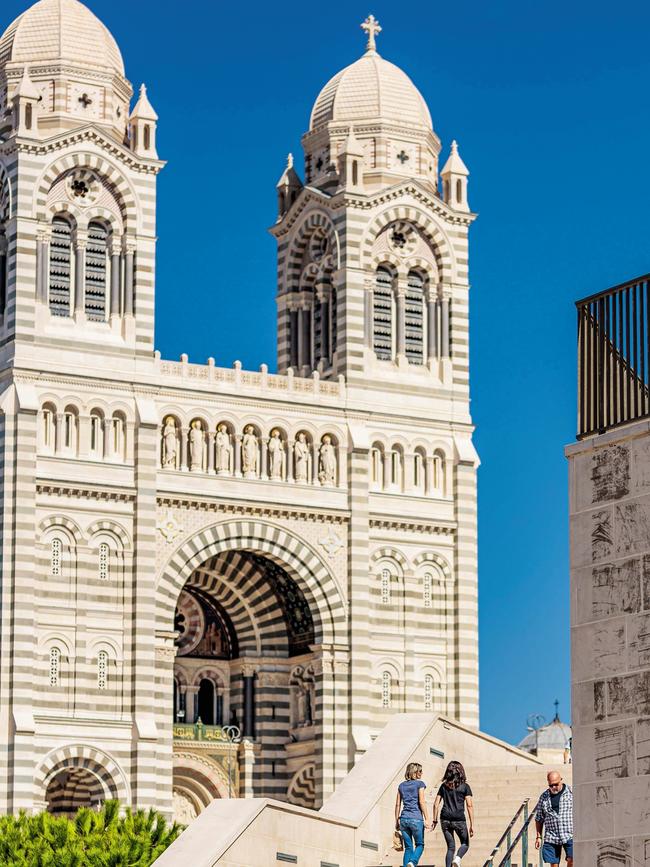
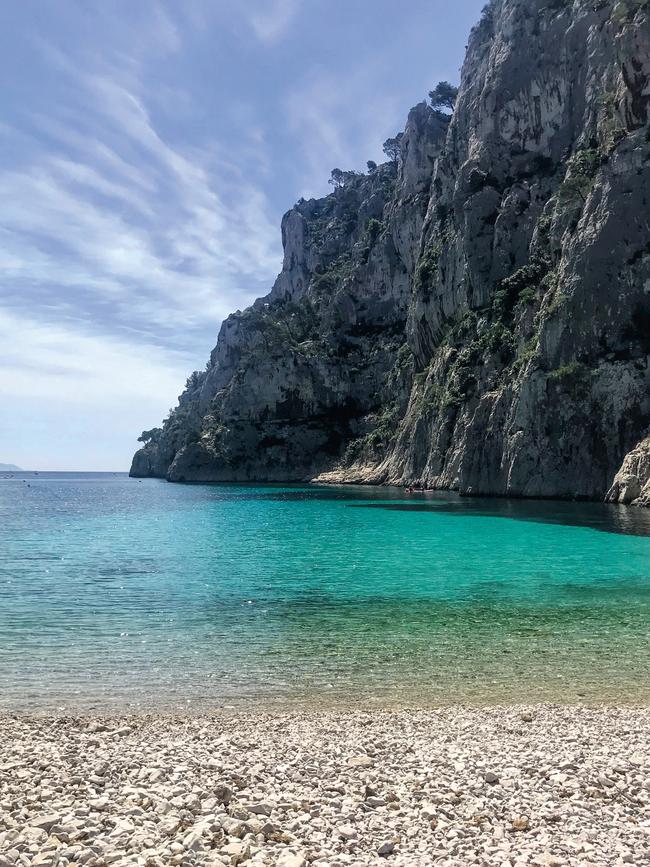
Perched on the ocean, Marseille is a city of winds. The Marseillais name them and attribute characters and humours to them. On the Prado Beach every year, they hold the Fête du Vent, the Festival of Wind, to celebrate them. They say it is the Mistral wind that makes the Marseillais so unpredictable. It has even been cited as mitigation in court judgements.
On my last day in Marseille I headed along the cycle paths of the Corniche, the seaside avenue that runs past gated villas and seafood restaurants, past gardens and ramshackle cafés. Beneath the avenue, bathers were leaping into the waves from boulders. The Mistral blew, the boats to the island of Château d’If, late of the Count of Monte Cristo, were ploughing through white caps and sheets of sea spray drifted across the cycle path. I rode until the city began to peter out amid the scent of lavender and pine. Gulls wheeled over the sea, tumbling away like scraps of paper. The road was framed by almond-coloured rock. Inland were the jagged outlines of Provençal mountains.
In the village of Les Goudes, the houses had boats drawn up to their front doors like parked cars. Down on the village quay I found a humble restaurant – grandly called the Grand Bar des Goudes – where I had dinner of sea bass and salad with a carafe of rough wine. It was a local place, full of Marseillais enthusing about a day’s sailing. It was just the kind of place, and this was the just the kind of moment, that Parisians dream about when they dream about escape.
WHERE TO STAY
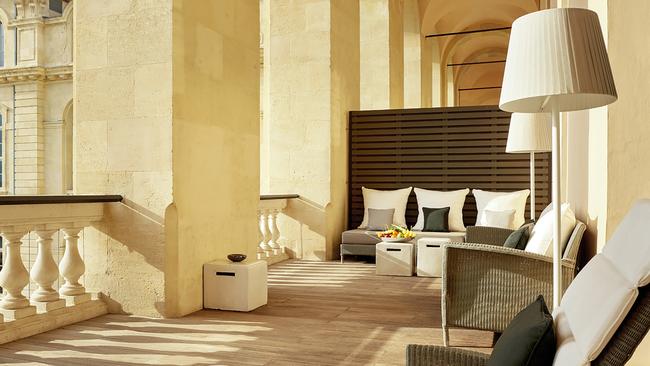
Hôtel Dieu: Looking down its stately flights of steps to the Vieux-Port, the grand Intercontinental Marseille – Hôtel Dieu was originally an 18th-century hospital, then a university, and finally 10-plus years ago majestically refurbished as the city’s best hotel by Paris-based celebrity architect Jean-Philippe Nuel, opening in 2013. The monumental building’s spaciousness is a delight – wide passages, huge suites, stairways to ride a horse up. Marine-themed art features throughout the hotel to complement a scrap of rude graffiti on an ancient back wall left by medical students a century ago. Superb location with everything within walking distance. ihg.com
Sofitel: On the heights on the other side of the Vieux-Port, the Sofitel boasts the best location in the city for views, though you will need a taxi to get to most of the sites. Sofitel may be a chain but it is an upmarket French chain and this property has the retro glamour of a mid-century Cannes – some whiff of Bardot and paparazzi and the French New Wave. Bright, airy public spaces make the most of those spectacular views through floor-to-ceiling windows, and the staff manage to be both personal and professional. Indoor and outdoor pools with surrounding gardens offer a sense of sylvan retreat. all.accor.com
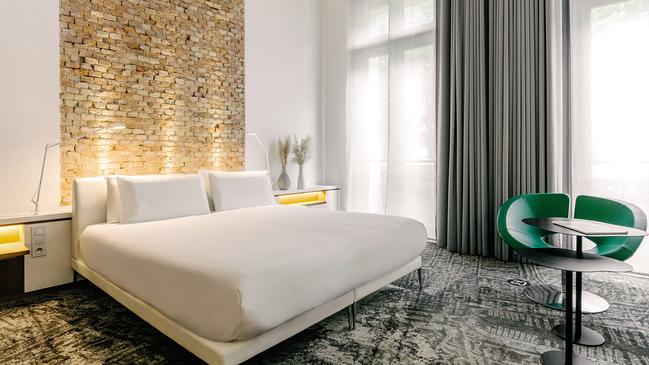
C2: The name – C2 – comes from the two owners, Claire Fatsome and Christian Lefèvre. In the bourgeois 6th arrondisement, this 19th-century house was originally the home of a Greek shipping magnate until the two Cs transformed it 10 years ago into a smart boutique property. Its old-world elegance is intact – the parquet floors, marble fireplaces, a sweeping staircase, a grand piano, and a fabulous frescoed ceiling in the dining room – as is the feeling of a home. Stylish additions include a rear courtyard with two-storey-high walls of greenery and an intimate basement spa. c2-hotel.com
WHERE TO EAT
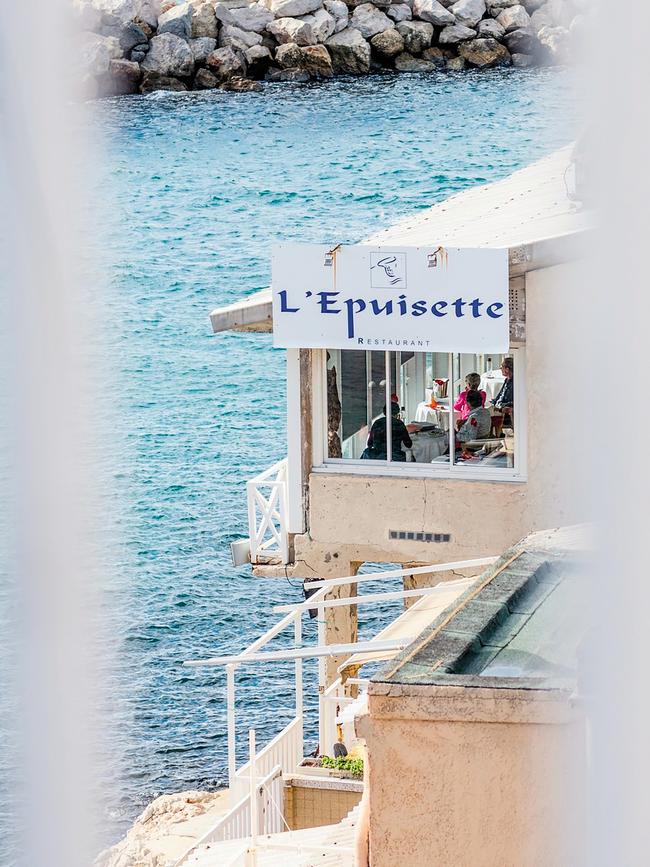
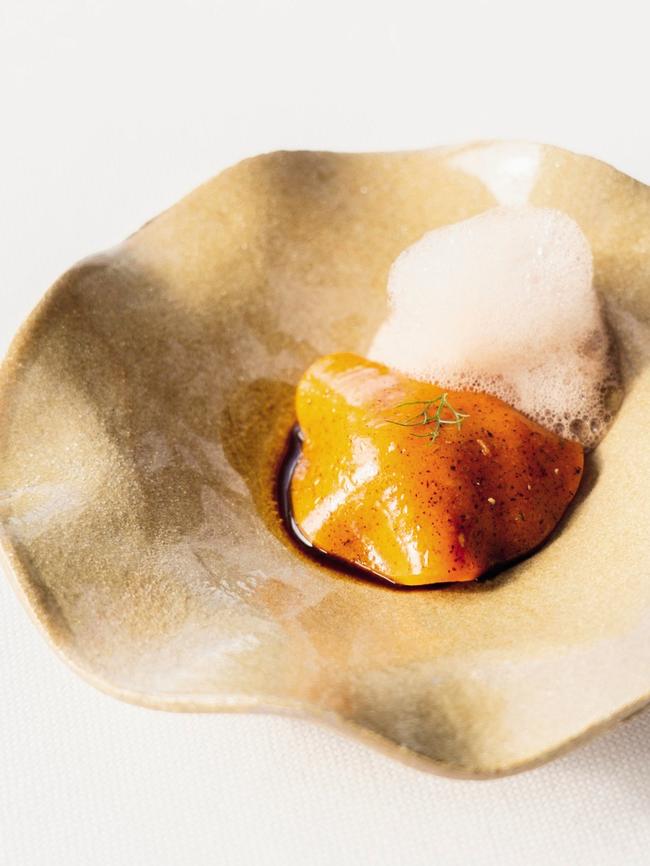
L’Épuisette: Situated at the end of a small fisherman’s harbour, L’Épuisette is cantilevered over the sea. While waves crash beyond the panoramic windows, a delightful calm reigns inside as waiters glide back and forth with a stream of ravishing courses. Chef Guillaume Sourrieu, who has been here for 25 years, has developed close relationships with local fishermen and suppliers to ensure the best ingredients. The result is a tour de force. l-epuisette.fr
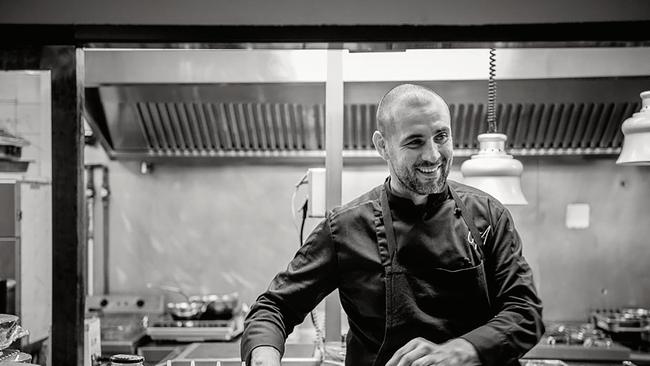
Saisons: In a modest shopfront in the Castellane neighbourhood, this fabulous establishment offers four different tasting menus from €45 to €115. An open-plan kitchen allows you to watch the intense preparations while you discuss wine pairings with the charming sommelier. The saddle of lamb with a fig and berry sauce served with beetroot risotto is worth the price of a flight to France alone. A well-deserved Michelin star. restaurant-saisons.com
Chez Madie les Galinettes: Marseille’s most famous dish is its bouillabaisse. What began as a humble fish soup has grown to become a gourmet dish about which chefs and diners alike endlessly argue. These days the more elaborate recipes contain an entire market stall of fish, among them rascasse, grondin, dorade, conger and lotte. At friendly Chez Madie you can pay homage to this Marseille culinary classic overlooking the Vieux-Port, though you will need to order ahead, such is its complexity. restaurantchezmadielesgalinettes.eatbu.com

To join the conversation, please log in. Don't have an account? Register
Join the conversation, you are commenting as Logout